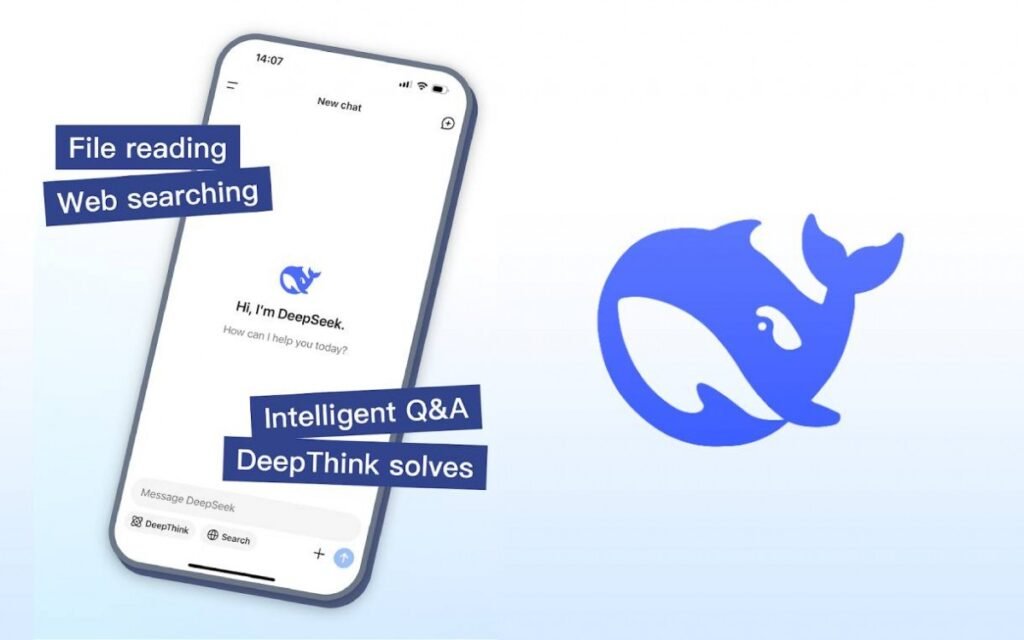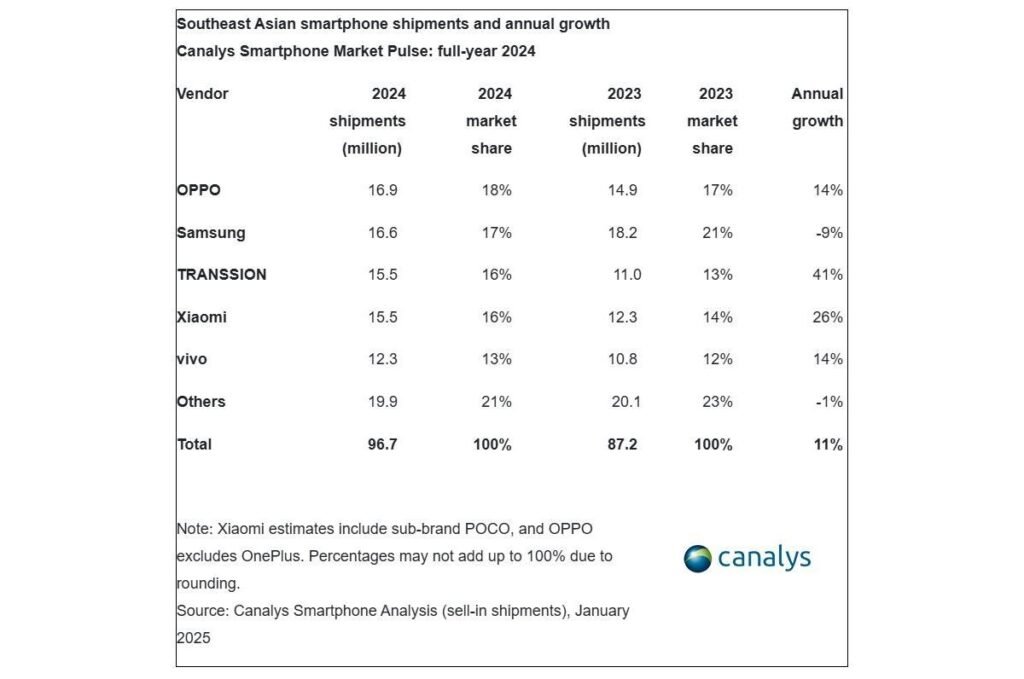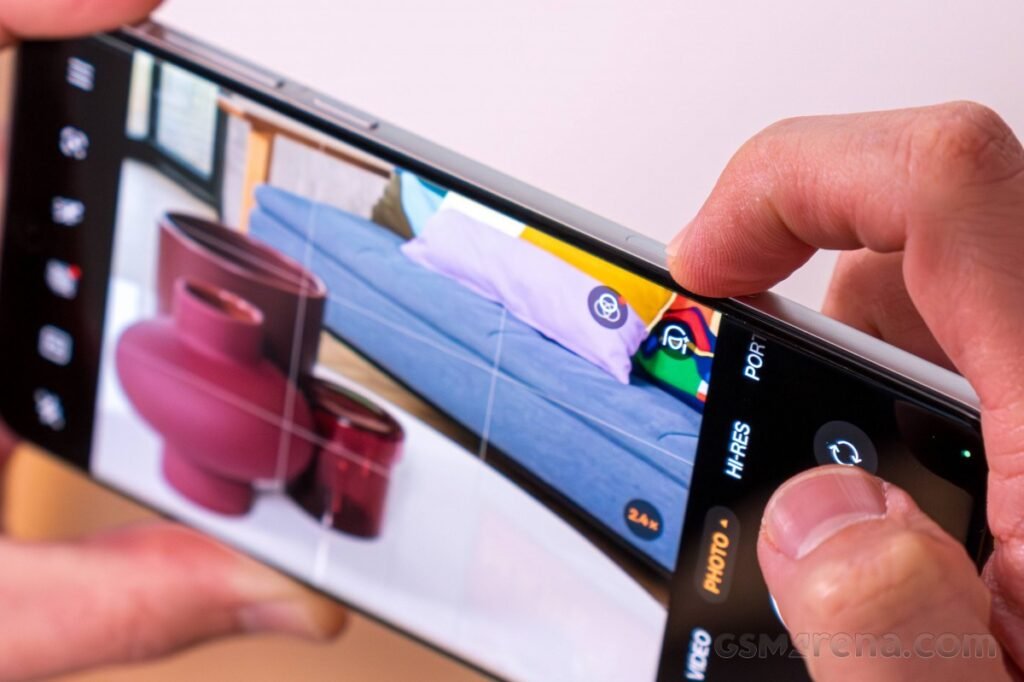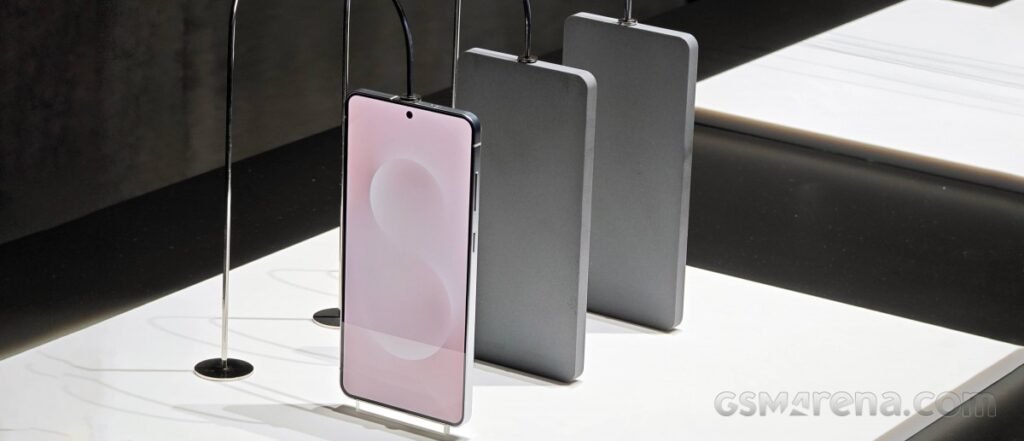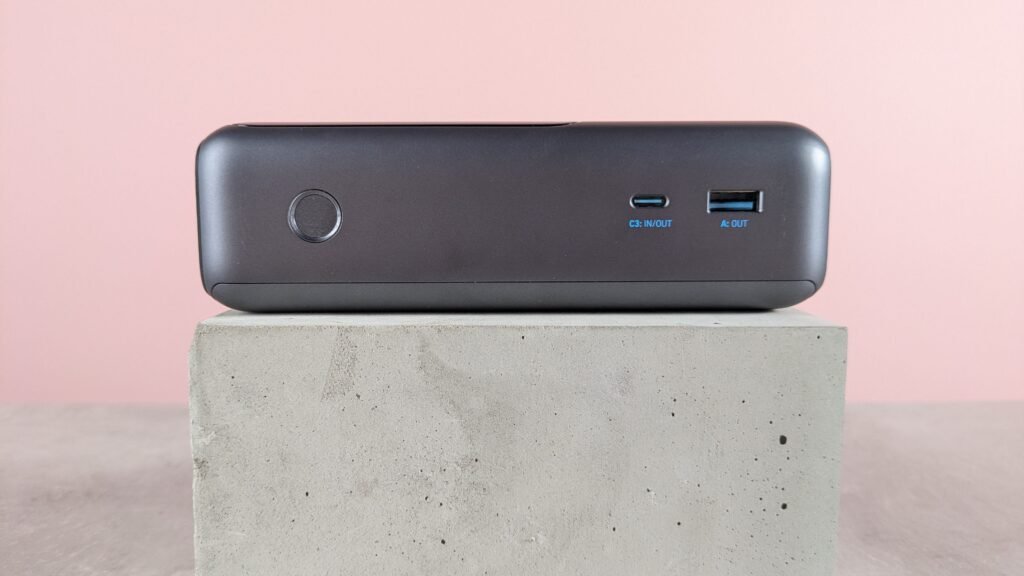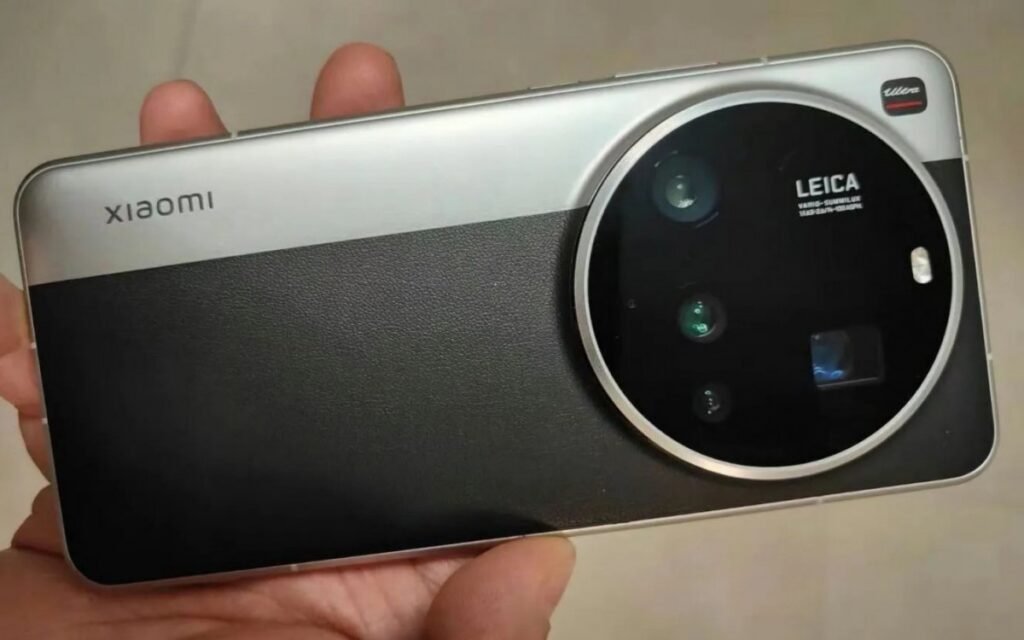- Minnesota lawmakers are considering a bill that would restrict cellphone use in schools.
- Proponents say the bill would reduce distractions, bullying and mental health concerns.
- If passed, Minnesota would join a growing number of states with laws limiting cellphone use in schools.
Minnesota is considering legislation that could prohibit cellphone use in schools, a policy change slowly making its way across the country.
St. Cloud Area School District 742 is ahead of the curve, which is outlined by the proposed bill. Superintendent Laurie Putnam and Tech High School Principal Molly Kensy spoke to elected officials at the Minnesota Senate Education Policy Committee hearing Monday afternoon about the impact St. Cloud’s cellphone policies made in the classroom.
The legislation, as proposed by State Sen. Alice Mann, DFL-Edina, would require school districts to enact policies that prohibit cellphones and smart watches for students in kindergarten through eighth grade while only prohibiting the devices in the classroom for high school students. If signed into law, the policy would go into effect for the 2026-27 school year.
Roughly 97% of students nationwide use their phones at school, with the average student getting about 60 notifications during school hours, according to a Common Sense Media study as reported in USA Today.
These notifications deliver students an array of messages Mann told her colleagues at the Minnesota Senate Education Policy Committee hearing Monday afternoon. These notifications alert students of text messages and social media posts with a ping. Mann contests the use of cellphones in schools brings not only distractions but also bullying, as well as mental health and developmental concerns.
These concerns stem from cyberbullying, impacting the school environment, coupled with forcing students to mature at faster rates with the distribution of nude photographs and other sexual content, Mann said.
Snapchat threat in St. Cloud school:St. Cloud’s Apollo High School subject to ‘threat of violence’

What St. Cloud educators had to say
Putnam and Kensy appeared before the committee Monday afternoon to discuss the district’s policies and its impact on school culture, shedding light on the impact Mann’s bill could have if similar policies are implemented across the North Star State.
The two St. Cloud educators told the Senate committee that District 742 has a policy similar to what Mann is proposing — a full ban in middle and elementary schools, along with a limited ban in high school — which has been successful during the past year and a half.
“We’ve seen a 50% reduction in cellphone discipline referrals (since the policy was implemented),” Putnam said. “It is certainly a corollary to increased engagement in the classroom, and it decreases those power struggles (between students and teachers) that are happening day to day (regarding cellphone use).”
The educators said there’s been limited pushback from families and teachers regarding the policy, saying its helped bring more control into the classroom and early communication with families helped establish how to quickly reach the student in case of an emergency. District 742 didn’t see any increased costs or a mass influx in phone calls due to its cellphone policy, according to the educators’ Minnesota Senate testimony.
“When we set this in place, if a student has their phone out during class, it’s connecting with that student on the root cause of why it’s out and what they’re distracted (by) or what they’re doing, and then communicating back to family that this is our expectation, and this is our approach,” Kensy said.
Sartell High School Snapchat threat:Snapchat threat from Sartell High School student prompts authorities to respond
Putnam said St. Cloud’s policy went into place at the middle school level roughly a year-and-a-half ago due to a “significant safety concern.”
Social media interaction in the evening, the St. Cloud superintendent said, would carry over into the morning, occasionally creating problems at school. Putting these limitations on students, she said, helped account for the 50% reduction in cellphone-based discipline referrals, while establishing a balance between electronics and interpersonal communication.
“(Problems stemmed from) social media interaction that was happening strictly in the evenings, and then it carried over into the morning,” Putnam said. “Then there would sometimes be some antagonism happening during the school day with our middle schoolers particularly.”
“Sometimes (there’s) fights during the school day, and it really got to be where they were spending all of their time navigating this.”
Putnam and Kensy said District 742 also has programs in place to educate students on striking a balance with technology in their day-to-day lives alongside how technology can influence them with factors such as individualized algorithms.

Social media has impacted central Minnesota schools. St. Cloud’s Apollo High School and nearby Sartell High School have been victim to threats made on Snapchat this academic year. The St. Cloud educators during their Senate testimony said nude photographs are also spread among students, both authentic photographs and those produced by artificial intelligence.
More:Sketches of Minnesota show highlights local communities at Paramount Center
How might Mann’s proposal impact teachers?
Former teacher Alex Hoselton, who taught high school social studies in Minneapolis for roughly 15 years, said a law requiring districts to prohibit cellphone use in the classroom could help teachers.
Hoselton said teachers are facing high burnout rates despite many educators joining the industry to make a difference. Studies show 44% of K-12 teachers regularly experience burnout.
The former Minneapolis teacher said it takes time to prepare lessons for students, and it can be disheartening to remind students to pay attention when delivering the content.
“Making a classroom a better place to teach addresses teacher burnout,” Hoselton said. “When students are engaged and your lesson is going well because you see students making connections to the content, that makes you feel more fulfilled.”
Hoselton said reminding students to pay attention and get off their phones wasn’t always the case.
“I remember teaching before the use of cell phones and social media,” he said. “My classes didn’t compete with Tiktok, but they do now.”
Nearly a third of Minnesota’s teachers stop teaching during the first five years of their career, according to a Minnesota Professional Educator Licensing and Standards Board document. Additionally, more than half of teachers holding a Tier 3 or Tier 4 license are not teaching in a public or charter school.
Minnesota politics:Demuth chosen as Minnesota House speaker as power-sharing agreement ends DFL boycott
Opposition cites local needs
Not everyone who spoke in Monday’s Minnesota Senate hearing was in favor of Mann’s proposed bill. Those opposed suggested local school districts should have the authority to make decisions on cellphone use for themselves.
While Rosemount-Apple Valley-Eagan District 196 Board of Education Chair Cory Johnson said he supports restrictions on cellphone use in the classroom, what works in one part of the state might not work in another, and school boards should determine what works best for them, whether that’s to prohibit cellphone use or not.
“We have suburban and rural families that go to school in our districts, and what is a good fit for us in our schools might be very different than a rural district in the northwest corner of Minnesota or an urban district in Minneapolis or St. Paul,” Johnson said.
Mann responded to Johnson’s concerns, saying her proposal calls on districts to craft their own policies prohibiting cellphone usage, and the bill doesn’t create a standard policy to be implemented statewide.
If Mann’s proposal succeeds, Minnesota would join states like California, Florida, Louisiana, Ohio and South Carolina, according to the Associated Press, in having a policy limiting use of cellphones in public schools.
Corey Schmidt covers politics and courts for the St. Cloud Times. He can be reached at cschmidt@gannett.com.

